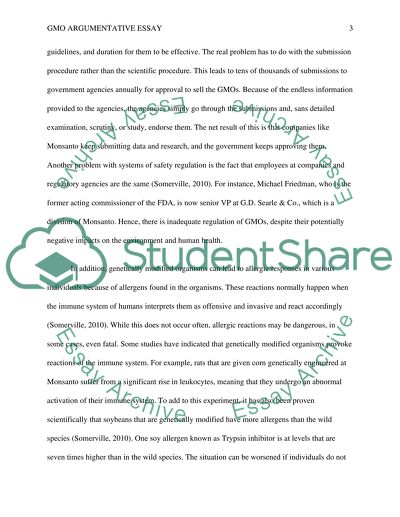Cite this document
(“Discussion About GMO Essay Example | Topics and Well Written Essays - 1500 words”, n.d.)
Retrieved from https://studentshare.org/english/1476327-gmo-argumentive-essay
Retrieved from https://studentshare.org/english/1476327-gmo-argumentive-essay
(Discussion About GMO Essay Example | Topics and Well Written Essays - 1500 Words)
https://studentshare.org/english/1476327-gmo-argumentive-essay.
https://studentshare.org/english/1476327-gmo-argumentive-essay.
“Discussion About GMO Essay Example | Topics and Well Written Essays - 1500 Words”, n.d. https://studentshare.org/english/1476327-gmo-argumentive-essay.


